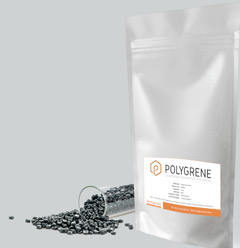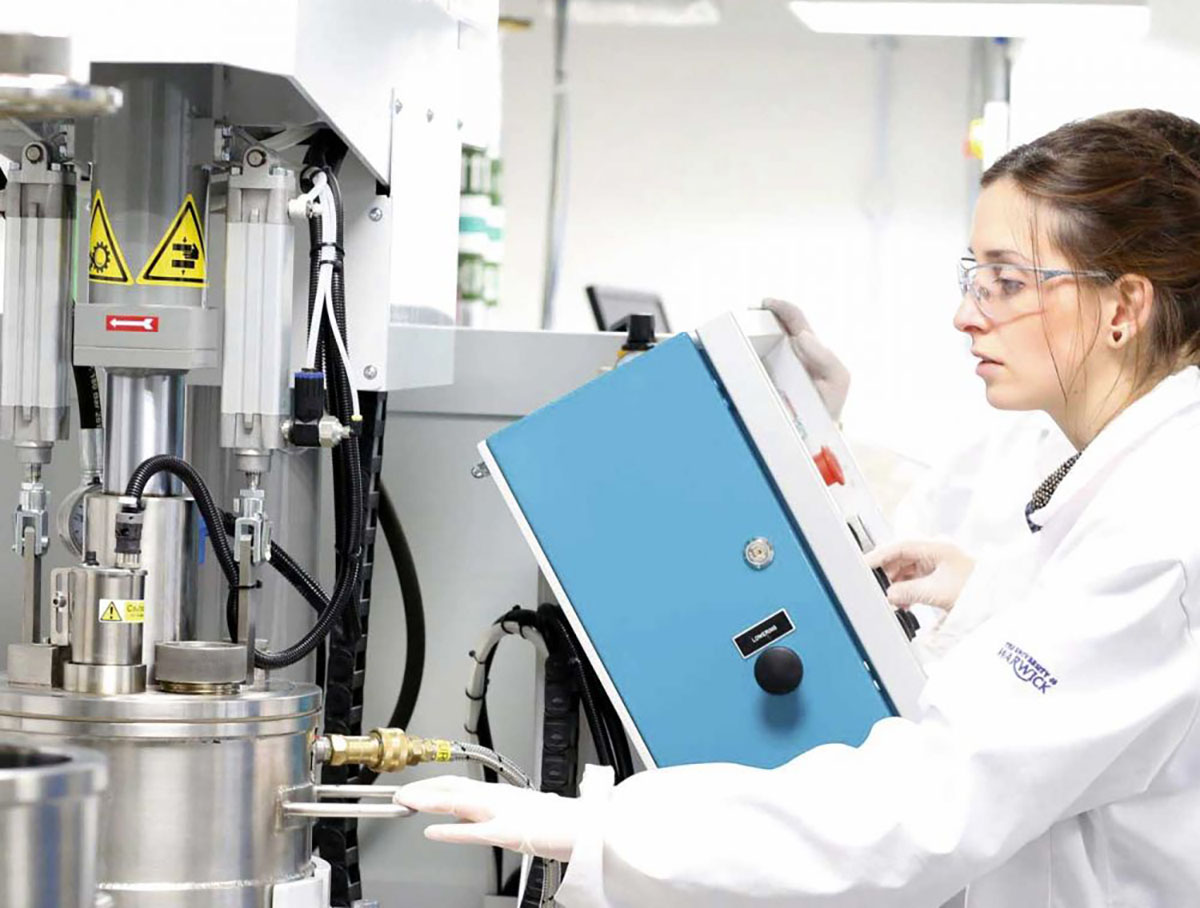Versarien develops graphene-enhanced thermoplastic polymers

Called Polygrene, the nanomaterial-based compounds exhibit enhanced properties
Versarien plc, the UK-based developer of advanced engineering materials, has introduced a new range of graphene and related nanomaterial-based thermoplastic polymer compounds and masterbatches.
The firm expects its new materials –– launched under the Polygrene umbrella –– to have potential commercial applications in diverse sectors such as sports equipment, construction products, aerospace and automotive components. They also can be used in industrial extrusion, molding and 3D printing processes.

Versarien calls its new graphene-enhanced thermoplastic compounds Polygrene.
The new compounds are said to represent “several years of work in collaboration with world-leading experts at the International Institute for Nanocomposites Manufacturing (IINM) based at WMG, at the University of Warwick.”
The company says it developed the new range for applications requiring increased mechanical performance over standard polymers. The materials also can be developed to enhance thermal and electrical connectivity where desired, according to Versarien.
Nanomaterials in thermoplastic systems
Since 2018, Versarien says its subsidiary 2-DTech Ltd. (2DT) has funded Ph.D. and postdoctoral researchers to understand the use of its Nanen-brand graphene powders and other nanomaterials in thermoplastic systems. Dr. David Reinoso-Arenas, the first 2DT-funded Ph.D. student, with support from the EPSRC Doctoral Training Programme, worked with Versarien’s Nanen materials in thermoplastic elastomer (TPE) systems. He joined Versarien full-time last year as part of the team at Versarien’s subsidiary Cambridge Graphene Ltd.

Based in western England, Versarien plc said it has been working on this development since 2018.
Reinoso-Arenas said: “The new Polygrene thermoplastics portfolio is a culmination of my Ph.D. research, some of which is due to be published in peer-reviewed journals.” Since then –– working under the supervision of Prof. Tony McNally –– he has been able to further develop and test these materials using different nanomaterial fillers and process conditions to fully optimize the resulting product performance.
Reinoso-Arenas said his experience at the IINM and WMG “enabled me to work closely with industry to ensure that the outputs of my research could be validated and have commercial viability.” The team has since developed the capability to incorporate a wide range of nanomaterials into bulk polymer systems.
Collaboration leads to material advances
McNally, who leads WMG’s Nanocomposites Research Group, said: “Working with Versarien over the last few years has given the IINM and WMG access to alternative graphene materials that have shown interesting phenomena when blended in these TPE systems. By tuning the nanofiller loading and optimizing process conditions, David’s research showed that exceptional gains can be achieved in mechanical properties across the board.”

Versarien CEO Stephen Hodge says work continues on graphene-enhanced, rubber-like materials.
These improved properties, he says, include tensile strength, modulus, elongation at break, toughness and abrasion resistance, all without compromising any properties. “The addition of graphene also highlights improvements in polymer processing which may offer lower energy usage and, therefore, improving sustainability.”
Versarien, headquartered near Gloucester in the west of England, continues to work with McNally through a funded Ph.D. position in 2D material-based rubber systems, making use of the IINM’s new rubber processing and testing capabilities. With support from the High Value Manufacturing Catapult (HVMC), WMG says it has established a world-class facility for the study of elastomers.
Versarien CEO Dr. Stephen Hodge added: “We look forward to continuing our collaboration with the IINM and WMG in rubber processing and understanding the interactions of our graphene and other 2D materials in these more complex systems and hope to be able to demonstrate significant benefits that can impact upon real-world applications.”
